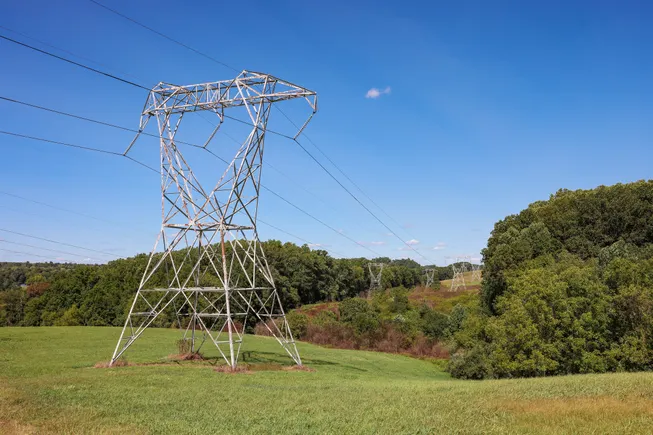
Dive Brief:
- The Southeast Regional Transmission Planning organization hasn’t approved a new regional transmission project in more than a decade — and is now the only region in the U.S. where that is true, according to a report written by The Brattle Group for the Carolinas Clean Energy Business Association and other renewable energy groups.
- Unlike neighboring utilities including Duke Energy and the Tennessee Valley Authority, Southern Co. avoided outages during 2022’s Winter Storm Elliot because it was able to import power from other nearby generators, a separate report by Telos Energy for the Southern Renewable Energy Association said.
- Southeastern utilities could save more than $8 billion in the long-run if they invested $5 billion in expanding the region’s grid, according to The Brattle Group.
Dive Insight:
Despite attracting sizeable investment under the Inflation Reduction Act, the southeastern grid is falling behind other regions of the U.S. in terms of transmission planning and expansion, according to recent reports.
The SERTP process, created in 2007 in response to Federal Energy Regulatory Commission orders, has proven insufficient for the region’s needs, according to The Brattle Group. “The current SERTP regional planning process will not yield the most valuable and cost-effective transmission infrastructure needed to meet the future needs of the system,” the report said.
The organization is supposed to coordinate regional transmission planning and cost allocation between 10 utilities across 12 states, but it has no independent staff and hasn’t produced or approved a new regional transmission project in over a decade, according to Brattle.
Meanwhile, Telos Energy found that Southern Co. avoided outages during Winter Storm Elliot because it imported power from neighboring states at a cost of more than $52 million. Southern Co. could have defrayed some of those costs, according to the report, if it had access to lower-cost markets via a more extensive regional transmission system.
“It’s hard for regular customers to figure out why their bills were so high. And oftentimes the utilities … will say it was cold and you were using more power,” Simon Mahan, executive director of the Southern Renewable Energy Association, said. “And while that is part of the puzzle, the other piece is the utilities were paying significant amounts of money to keep the lights on. In some instances, Southern Company was paying $4,000 [per MWh] to import power from places like Florida. That’s an incredible amount of money over a short period of time to keep the lights on.”
Mahan said SREA decided to commission the report looking at Southern Co.’s performance during Winter Storm Elliott because while there was ample data available about Duke Energy and the TVA, which both experienced outages during the storm, data on Atlanta-based Southern Co. remained limited, presumably because the company’s utilities did not experience outages. What the data ultimately revealed, Mahan said, is that Southern Co. could have seen the lights go out as well were it not for its connections to other utilities.
“The reality was they effectively did everything they could to keep the lights on, but it was a very, very close call,” Mahan said, adding that the report highlights the need for more proactive transmission planning within the Southeast.
Southern Co., in a statement, said it was proud of its performance during Winter Storm Elliot.
“The Southern Company system responded extremely well to Winter Storm Elliott, and we’re proud of the hard work of our people, and the success of our fleet and our planning processes,” the company said. “While some groups may use the opportunity to critique our operations to further their objectives, the fact is that we delivered reliable energy for our customers.”




















